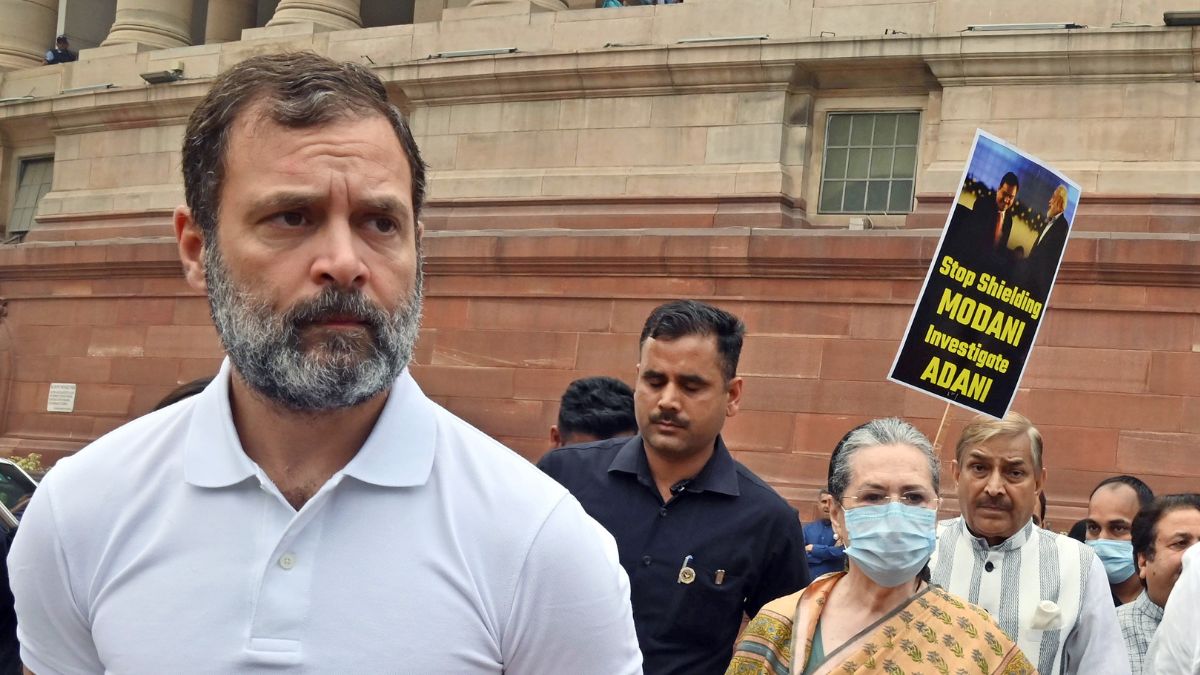Monarchy in the Modern World: In an era where democracies dominate the global landscape, the existence of monarchies presents a fascinating study in contrast. Despite the dwindling number of countries under monarchical rule, these unique governance systems continue to captivate our attention. In this comprehensive exploration, we delve into the intricacies of monarchies, focusing on their types, operations, and the intriguing case of Saudi Arabia – a kingdom where the royal decree still reigns supreme.
The Essence of Monarchy
Understanding what a monarchy truly entails is crucial. At its core, a monarchy is a form of government where a single family reigns over the country. The head of state, typically known as a monarch, could be a king, queen, emperor, or equivalent title. This role is often hereditary, passing from one generation to the next within the same family. The monarch’s powers and the way they govern classify the type of monarchy in place.
Types of Monarchies: A Detailed Look
Monarchies can be categorized into four distinct types: constitutional, absolute, federal, and hybrid. Each type represents a different approach to how the monarch interacts with the government, law, and its citizens.
Constitutional Monarchy
In a constitutional monarchy, the monarch shares power with an established government, usually bound by a constitution. Although they perform ceremonial duties and may have some responsibilities, their political power is limited. For instance, in the United Kingdom, the monarch must formally approve laws, but they do not have the power to change or reject new legislation. Countries like Japan, the United Kingdom, and Denmark are examples of constitutional monarchies.
Absolute Monarchy
An absolute monarchy gives the monarch complete control over the government. They possess the authority to create laws, make amendments, and represent the nation in international affairs. Essentially, the monarch has total governance power. Only a few countries, such as Saudi Arabia, Eswatini, and Vatican City, still practice absolute monarchy.
Federal Monarchy
Federal monarchies involve a king or queen working in conjunction with governments of individual states within the nation. This type of monarchy can also feature monarchs ruling over individual states. The United Arab Emirates and Malaysia are prime examples, with Malaysia showcasing a unique system where the monarch is elected every five years by leaders of the individual states. Moreover, Malaysia’s monarchy is also constitutional, allowing for a democratically elected body to govern.
Hybrid Monarchy
Hybrid monarchies are those where the king or queen can divide their powers in specific ways for the nation’s governance. This type involves a blend of different monarchy types, often tailored to suit the nation’s specific needs and historical context.
The Case of Saudi Arabia
Saudi Arabia is a prime example of an absolute monarchy. Unlike many modern nations, it does not have political parties. The royal family selects the heir to the throne, who then becomes the prime minister and head of state. In Saudi Arabia, power is transferred from one generation to the next within the royal family, with the king choosing his successor from among the male members of the family.
The Evolution and Future of Monarchies
The existence and persistence of monarchies in the modern era raise intriguing questions about their role and relevance. While many nations have transitioned to democratic forms of government, these monarchies offer a glimpse into a different style of governance. Their evolution, adaptation to modern challenges, and the way they coexist with other forms of government provide a unique perspective on global political dynamics.
Disclaimer : इस न्यूज़ पोर्टल को बेहतर बनाने में सहायता करें और किसी खबर या अंश मे कोई गलती हो या सूचना / तथ्य में कोई कमी हो अथवा कोई कॉपीराइट आपत्ति हो तो वह [email protected] पर सूचित करें। साथ ही साथ पूरी जानकारी तथ्य के साथ दें। जिससे आलेख को सही किया जा सके या हटाया जा सके ।















